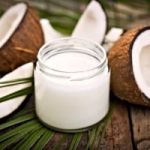A Primer on Vitamin D

If you want strong healthy bones and good joints, then vitamin D is just what you need.
This important nutrient controls how well your body metabolizes calcium and phosphorus.
And you need these two elements to help your body create strong healthy bone cells.
Any deficiency in this vitamin can cause rickets in children and osteomalacia in adults, where it causes soft bones and increases your risk for bone fractures. And not only that, studies have shown vitamin D can boost your immune system and protect yourself from getting multiple sclerosis, diabetes and even cancer.
This hardy nutrient is a fat-soluble vitamin, meaning that it gets stored in your fatty tissues and liver.
So any extra vitamin D you take into your body is actually stored to be used later and it’s even possible to build up excessive levels.
How Much Vitamin D do You Need per Day?
Here’s a chart from the National Institute of Health showing recommended intakes in International Units:
| AGE | Children | Men | Women | Pregnancy | Lactation |
| Birth to 13 years | 200 iu | – | – | – | – |
| 14 to 18 years | – | 200 iu | 200 iu | 200 iu | 200 iu |
| 19 to 50 years | – | 200 iu | 200 iu | 200 iu | 200 iu |
| 51 to 70 years | – | 400 iu | 400 iu | – | – |
| 71+ years | – | 600 iu | 600 iu | – | – |
Sources for this Bone-building Nutrient
One of the best natural sources is the sun! Your body produces this vitamin when your skin’s exposed to ultraviolet radiation from the sun.
Now we all know that too much sun isn’t good for us, due to the dangers of skin cancer. However, you do need some sunshine exposure for your body to manufacture this important vitamin.

And according to latest research, your body can make up to 12,000 international units (IU) of vitamin D from just 30 minutes of exposure to the summer sun.
Another common source for this vitamin is from fortified foods. After the rickets epidemic in the U.S during the 1930’s, health authorities began fortifying milk with this important vitamin.
One quart of milk will give you about 200 iu of vitamin D. Drinking a cup of milk will give you about 100 iu or half the daily recommended allowance (RDA). Although milk is fortified with this healthy vitamin, dairy products such as cheese and ice cream usually don’t contain it.
Other food sources can include whole eggs (20 iu), salmon (3.5 ounces cooked has 360 iu), and liver (3.5 ounces cooked contains 15 iu). Eating a can of sardines will give you about 250 iu, meeting your daily recommended intake.
 Taking cod liver oil is another great way to get this important vitamin in your diet. In fact, cod liver oil contains the highest amount of vitamin D per weight than any other food on the planet. One tablespoon can give you over 1300 iu.
Taking cod liver oil is another great way to get this important vitamin in your diet. In fact, cod liver oil contains the highest amount of vitamin D per weight than any other food on the planet. One tablespoon can give you over 1300 iu.
That’s a lot of bone-building power in one tiny teaspoon of fish oil.
Can You Get Too Much Vitamin D?
So it is possible to overdose on this nutrient. Symptoms of vitamin D toxicity can include nausea, vomiting, constipation, weakness and weight loss. It’s unlikely you’ll get too much from food or sunlight alone so the most likely source is from taking too many vitamin supplements.
Important Note:
Be careful not to get too much of this vitamin! If you’re taking it in supplement-form (including cod liver oil) and are exposed to lots of sunshine, you may be exposing your body to too much.
Experts believe your body can produce 12,000 iu of vitamin D from soaking up just 30 minutes of summer sun – if you’re wearing a t-shirt and shorts. It doesn’t take that much sun to benefit from it.
The best time to take cod liver oil or supplements is if you live in a northern climate and aren’t exposed to lots of sunlight.
You can always get your vitamin blood levels checked by your doctor to ensure you’re not getting too much.
What are Safe Levels of Vitamin D?
A chart from the National Institute of Health showing tolerable vitamin D levels:
| AGE | Men | Women | Pregnancy | Lactation |
| 0 to 12 months | 1000 iu | 1000 iu | – | – |
| 1 to 13 years | 2000 iu | 2000 iu | – | – |
| 14 to 18 years | 2000 iu | 2000 iu | 2000 iu | 2000 iu |
| 19+ years | 2000 iu | 2000 iu | 2000 iu | 2000 iu |
Interestingly enough, an article from ScienceDaily.com that says children may need even higher amounts of vitamin D than traditionally prescribed.
Summary:
Following a healthy balanced diet, along with moderate amounts of sunshine, will go a long way to providing you with adequate levels of this vitamin.
Taking cod liver oil is a great way to get potent amounts of this bone-building vitamin.
Make sure to get your vitamin D blood levels checked if you’re taking it in supplement-form (including cod liver oil). This will ensure you stay within the recommended daily allowances.
Research References:
Mechanisms and functions of vitamin D. Nutrition Reviews – 1998;56:S4-10. DeLuca HF and Zierold C.
The role of vitamin D endocrine system in health and disease. New England Journal of Medicine. 1989 Apr 13;320(15):980-91. Reichel H, Koeffler H, Norman AW.
Vitamin D: Can an upper limit be defined? The Journal of Nutrition. 1989 Dec;119(12 Suppl):1825-8. Chesney RW. Dietary Reference Intakes: Calcium, Phosphorus, Magnesium, Vitamin D and Fluoride. National Academy Press, Washington, DC, 1999. Institute of Medicine, Food and Nutrition Board.
Home Page > Cod Liver Oil > Vitamin D





